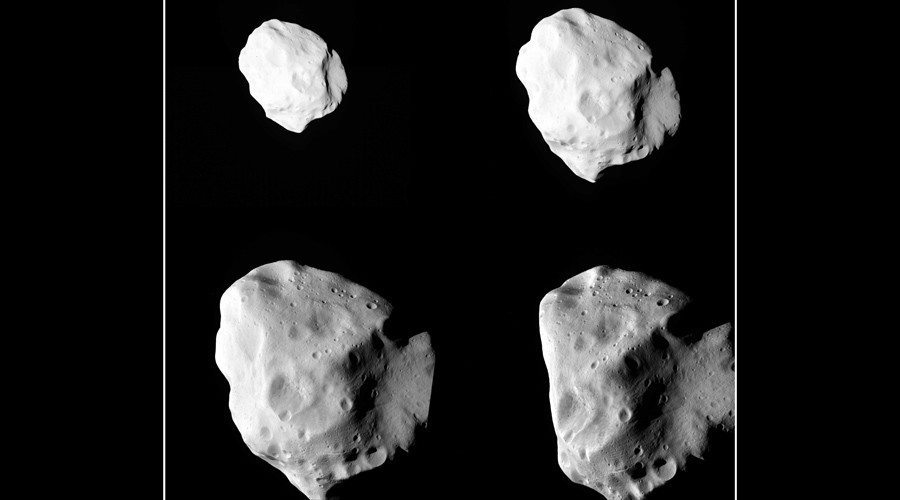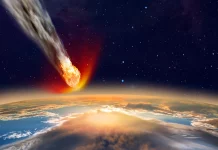Astronomers have identified an increasing number of asteroids which “pose a threat” to Earth.
The so-called Near-Earth Objects, or NEOs, are asteroids or comets whose orbits are close to ours, meaning there is a risk they could hit Earth.

Ranging in size from meters to tens of kilometres, astronomers are discovering more and more asteroids that could threaten our planet. Since 2010, an additional 5,000 have been discovered, bringing the total known number of NEOs to 15,000.
The rate of discovery has been high in the past few years, and teams worldwide have been discovering on average 30 new ones per week. A few decades back, 30 were found in a typical year.
Astronomers believe that 90% of objects larger than 1000 m have been discovered, but only 10% of the 100 m NEOs and less than 1% of the 40 m ones have been identified.
Arizona’s Catalina Sky Survey and Hawaii’s Pan-STARRS project account for 90 percent of the new discoveries made. The ESA center in Italy maintains the European Risk List of any objects which could possibly hit earth.
Lucky for us, there’s only a tiny impact probability for any known space object in the next 40 years. But all NEOs bear close watching to refine and understand their orbits.












